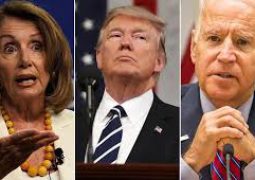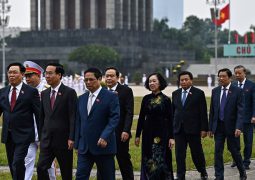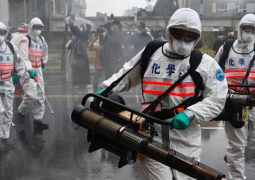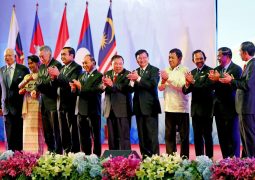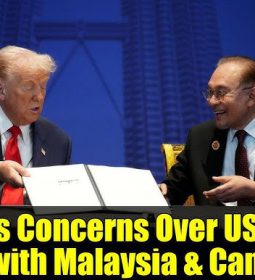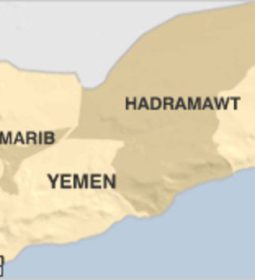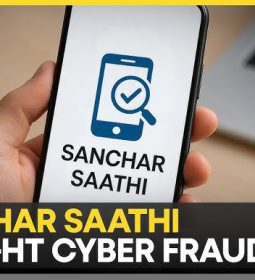Jewel of an Empire on fire again: Kashmir’s stone-pelting protesters face off against pellet guns

Security forces using pellet guns to disperse crowds of stone-throwing young protesters in the Indian-ruled region of Himalayan Kashmir have killed more than 100 people, blinding hundreds and maiming thousands over the past year.
The protests have unleashed a political crisis in the state of Jammu and Kashmir, governed for the first time by a regional party in coalition with Prime Minister Narendra Modi’s Bharatiya Janata Party, which draws support from India’s Hindu majority.
They are drawing a new generation into a decades-old struggle for ‘azaadi’, or independence, for India’s only Muslim-majority region, which is also claimed by neighboring Pakistan.
“If I get a weapon, I am ready to join the militancy – but for the time being, the stone is our weapon,” said one 23-year-old student, who asked not to be identified.
He is one among many young men in the state’s summer capital of Srinagar who find themselves fighting street battles, slinging stones at pellet gun-wielding police officers from their own communities, and even their own families.
“My father is in the police, posted in Srinagar,” the protester added. “He used to tell me to join the police, but now he does not insist.”
Slender employment prospects prompt many residents of Srinagar to join the police force.
“I am the son of a farmer and joined the police as I had no job,” said one 25-year-old officer.
“We are part of the same society, and using force against children is very difficult for us. We try to exercise maximum restraint – that is why we get injured.”
Pellet guns are intended not to be lethal, but their use by India’s security forces has caused severe injuries and the deaths of several bystanders, women and children among them.
Human rights groups have urged India to renounce their use, calling it a violation of United Nations’ principles of restraint.
Militant gunmen have killed police officers in their own homes in a wave of fatal attacks in recent months.
Some protesters rebel not only against Indian rule, but also against their parents. Each wave of street protests – the last were in 2008 and 2010 – radicalizes a new wave of young people.
“I was hit by pellets during stone pelting,” said one 20-year-old student. “I have 80 percent vision in my right eye now, but if I get a chance, I can pick up a gun.”
India and Pakistan have fought two of their three wars since independence in 1947 over Kashmir, which each claims in full but rules only in part.
(Writing by Doug Busvine, Editing by Karishma Singh and Clarence Fernandez)
- Previous Two Yemens again: Southern Yemenis rally for independence
- Next U.S. toughens stance on foreign deals in blow to China’s buying spree





